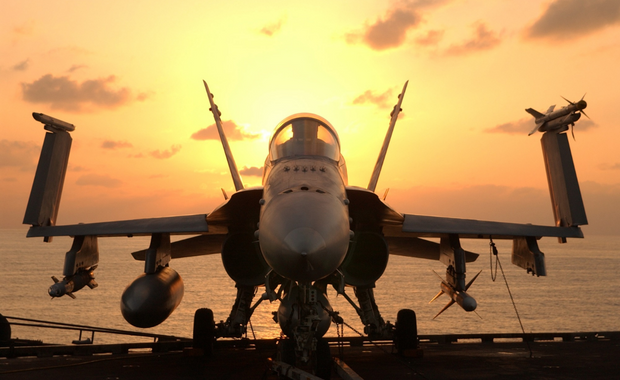You are in your office. It’s the end of the month. Deadlines are closing in. The pressure is mounting. The scrutiny of the entire company fixes its focus on you and your team to make the right decisions to get the company across the finish line and close out the month strong.
You are no stranger to pressure.
Now imagine your office is narrowly avoiding incoming munitions and is moving one-hundred and fifty miles per hour, one to three feet off of the ground, and the difference between everything being fine and everything being a fiery catastrophic disaster of twisted metal and burning turbine fuel is a fraction of a second and one slightly miscalculated decision.
For retired Army Chief Warrant Officer III (CW3) Derek Zaleski, that pressure was just another day at the office.
After serving as a pilot in AH-64 Apache helicopters for the United States Army for nine of his nearly twenty years of service, Derek fulfills various project management roles for the government currently.
The extraordinary trust that is placed in his ability to make sound and timely decisions under extreme pressure makes his leadership skillset a high-value and high-demand commodity in the corporate marketplace today.
A decision-making faculty that was forged and polished over several years in the cockpit of a multi-role attack helicopter.
So, how does a pilot like Derek condition himself to make good decisions with precision execution when the pressure gets real?
Here’s what this veteran high-pressure decision-making professional credits his calculated decisiveness to (let’s all take notes):
Care, care, care
Taking care of yourself by eating right, exercising, hydrating and ensuring your body gets plenty of rest is a pivotal component to keeping you sharp and balanced.
When your body receives the nutrients and minerals it needs to sustain itself it helps support a better functioning autonomic nervous system which can be the difference between high performance decision making and neurotransmission dysfunction at the worst possible times. Engage in good self-care.
“Truly successful decision-making relies on a balance between deliberate and instinctive thinking.” – Malcolm Gladwell
Education, education, education
The mind needs as much conditioning as the body does. Never stop learning and growing. Seek information related to your field of expertise as well as challenging yourself to learn new things every day.
This keeps the electrochemical organ between your ears in tip-top shape and ready to tackle difficult decisions and high-pressure scenarios. Keep your mind sharp.
Train, train, train
Prior to operating an aircraft on the tarmac and in the air, pilots in-training will spend countless hours in simulators gaining a spatial awareness of the aircraft they specialize in and being presented with a myriad of stress-inducing scenarios from engine loss to instrumentation failure.
This type of stimulus response training contributes to a level of readiness and preparedness that keep pilots calm, cool, and collected when the most important decisions need to be made under the most extreme circumstances.
Train yourself and your people on worst-case scenarios and ensure there are plans in place to assist you and your team while making decisions in difficult or extreme circumstances so that extreme circumstances aren’t new when they’re experienced in real-time.
Analyze, analyze, analyze
For every one hour of flight a pilot can pretty much plan on two or more hours of debriefing afterward. This reflective period post-flight will be spent analyzing every second of flight from engine start-up to engine shutdown.
The objective of this is to allow critique from the pilot and the team on factors that influenced the success or failure of each mission. Accepting and applying feedback from the data and the team empowers the pilot in the future to make even better and more educated decisions when the pressure is at its peak.
During these periods of analysis, pilots are able to determine if improvements to processes are necessary and invite perspectives from a diverse team of fellow aviators who may be able to articulate deficiencies in the flight analysis that the pilot in the cockpit wasn’t able to see through their own lens.
Hold frequent meetings with your team with the purpose and intent of improving synergy and decision-making performance.
Even if the nature of your work is not a matter of national security or life and death, if you put these practices into application, you’ll be an ace decision maker in no time; ready to stand up to the pressure and navigate your team towards success.

